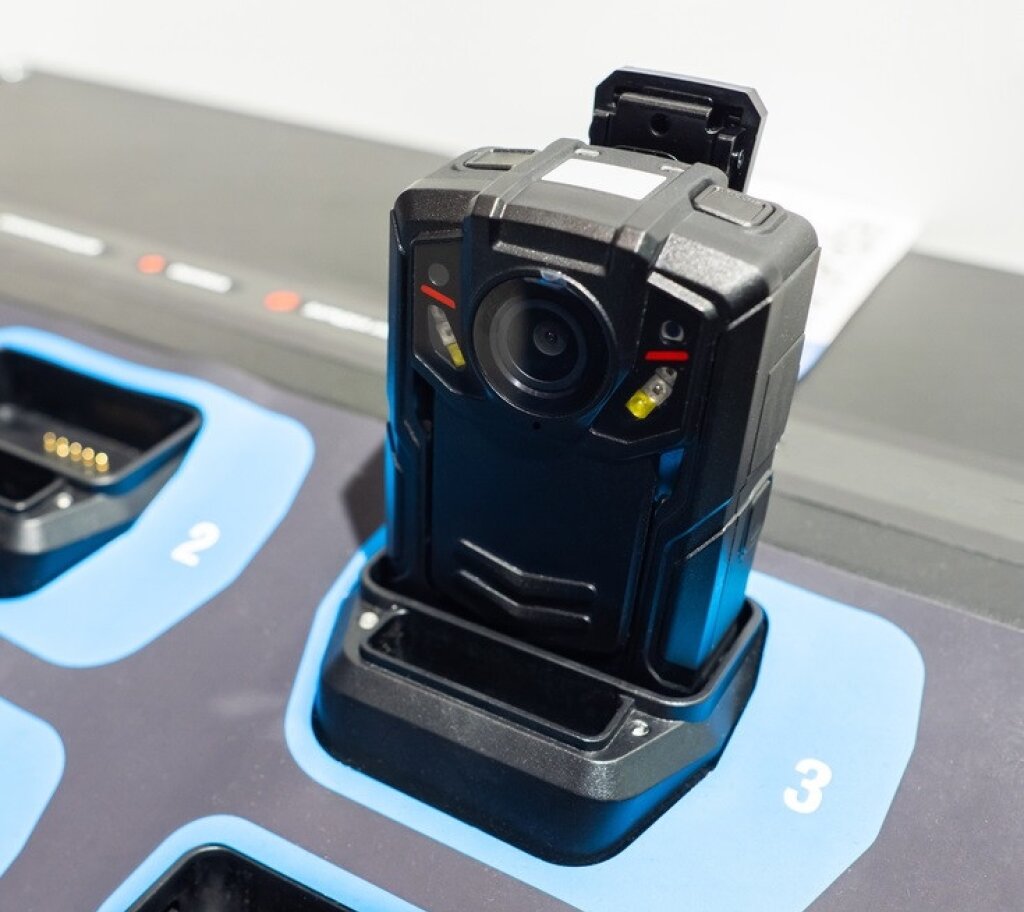What is Video Anonymisation and Why is it Important?
Video anonymisation is the process of obscuring identifiable information, such as faces, license plates or other personal data, in video footage to ensure privacy. Anonymising processes are crucial in a world increasingly reliant on video data for surveillance, healthcare and transportation. With the advent of robust privacy laws, the importance of video anonymisation has grown significantly.
Key privacy regulations such as the General Data Protection Regulation (GDPR) in the UK and European Union mandate the protection of personal data, including in video footage. Non-compliance can lead to substantial legal and financial penalties, making anonymisation not just a good practice but a necessity for businesses and organisations.
Why Video Anonymisation Matters for Compliance
Legal risks of non-compliance with privacy regulations are a significant concern for industries that handle sensitive information. Sectors such as healthcare, law enforcement and transportation often deal with video footage containing identifiable data.
Failure to anonymise content can lead to breaches of privacy, lawsuits, penalties and fines. Implementing effective anonymisation strategies ensures that organisations remain compliant while safeguarding individuals' rights to privacy.

Today’s Increasing Need for Anonymisation Tools
There are several factors that mean data anonymisation tools are required today more than ever before.
For example, there is an unprecedented amount of personal and sensitive information being exposed owing to the unprotected sharing of images and videos on social networks, which can be exploited and misused.
In the commercial sector, businesses are receiving a record number of Subject Access Requests (SARs) as a result of the public’s awareness of privacy rights. In order for organisations to share video compliantly, faces and other personally identifiable information must be anonymised.
Hence, video data anonymisation software is required to address privacy concerns in both privately posted video footage and surveillance video footage filmed in commercial environments and public spaces.
Which Compliance Regulations Demand Anonymisation?
There are several laws and standards around the world that call for anonymisation to protect people’s personal data when information is shared.
The consequences of breaching these laws are fines, public censure and reputational damage that can lead to financial hardship. The strictest compliance laws include:
The Health Insurance Portability and Accountability Act (HIPAA)
Anonymisation falls under the "De-Identification Standard" of the HIPAA guidance. HIPAA’s anonymisation rule must be followed to take care of Patient Health Information (PHI), which must not be shared with anyone who is not concerned with the information.
The Freedom of Information Act (FOIA)
FOIA is a law that enables the public to request the disclosure of information that is held by public authorities. When specific types of information are present in an image, audio, document or video, the organisations must anonymise it before sharing information.
EU general data protection regulation (GDPR)
GDPR and its UK equivalent, UK GDPR, stipulate that anonymisation is required when sharing personal information with parties that do not have consent to view it.
For example, when a request is made to a data controller for video containing a subject of interest but also other people, all other subjects must be anonymised to protect their identities.
What Personal Data Requires Anonymisation?
The anonymisation of personal data is always required to prevent it being viewed by unauthorised people, whether that is within an organisation or when it is being shared externally with third parties.
Personal data can take many forms, including:
Faces and people
The faces of all but the subject of interest must be redacted when sharing video footage. However, care must also be taken to redact distinguishing elements that could lead to a person’s identity being revealed, such as distinctive clothing and tattoos.
Objects
Elements caught on video that might contain personal information on white boards and computer screens are best anonymised to protect against data breaches.
Licence plates
Vehicle licence plates can reveal sensitive information about the vehicle’s owner, such as their name, address, date of birth and medical conditions. When publishing or sharing images containing licence plates, the licence number should be anonymised to protect the owner’s identity.
Data Anonymisation Techniques
Data anonymisation ensures that even if data is accessed or used for purposes such as software testing, analytics or research, the individuals to whom the data belongs cannot be identified.
Common techniques used in data anonymisation include data masking, pseudonymisation, data aggregation, data randomisation, data generalisation and data swapping.
However, with regard to video footage the most common forms of data anonymisation are pixelation, blurring, blackout and excision.
Pixelation is the process of replacing identifiable features in video footage with a mosaic of coloured squares. Pixelation is effective in video footage where the primary goal is to prevent the identification of individuals or objects without significantly altering the overall context of the footage.
Blurring is a technique that involves applying a blur effect to obscure specific areas of a video.
Blackout and excision are functions of anonymisation tools such as Facit’s Identity Cloak that enable the user to determine how much of a scene captured on video is visible.
Essential Features of Video Anonymisation Tools
The best video anonymisation tools share a few critical features:
Face Blurring
Automatically obscures faces to prevent identification.AI-Powered Anonymisation
Leverages artificial intelligence to detect and anonymise various forms of identifiable information with precision.Real-Time Processing
Enables footage to be anonymised as it’s captured for immediate privacy protection in live scenarios.
Why Choose Facit for Video Anonymisation?
Facit stands out in the video anonymisation landscape for its innovative and user-friendly solutions. Facit anonymisation software offers:
GDPR and Legal Compliance
Ensures all anonymised data adheres to legal standards.Ease of Use
Features an intuitive interface that requires minimal technical expertise.AI-Powered Solutions
Facit anonymising (data redaction/masking) solutions use advanced algorithms for fast, accurate anonymisation that greatly reduces the risk of errors and omissions.Scalability
Facit’s anonymising solutions enable users to ramp up video privacy processing when demand is high, for example following an incident that stimulates an increase in Subject Access Requests.Budget Predictability
Facit’s flexible product licensing enables users to select pricing options to match the volume of video they require to redact.
Facit is a leader in the field of compliance technology. Its video anonymisation software, Identity Cloak, is a patented product used by organisations in every industry around the world.
Facit is a customer-focused company whose product roadmap reflects the data privacy challenges faced on a day-to-day basis by customers seeking compliance best practice.
The case for purchasing Facit anonymising products is confirmed by their guarantee of return on investment. For example, Identity Cloak users are able to anonymise data in videos quickly and reliably. Videos can be anonymised in minutes as to opposed to the hours it takes to anonymise video footage manually or using some competing products.
Savings in staff time and business resources generated by Facit’s Identity Cloak are measurable and significant.
How to Choose the Best Video Anonymisation Tool
When evaluating video anonymisation tools, consider the following checklist:
Cost
Ensure the solution fits your budget.Scalability
Check whether the tool can handle your volume of video data.Compliance
Confirm adherence to privacy regulations like GDPR, HIPAA, FERPA and FOIA.Ease of Integration
Opt for tools that integrate seamlessly into existing systems.Accuracy and Reliability
Assess the tool’s ability to anonymise sensitive data consistently.
Comparing Facit with Competitors
Facit competes with other tools like Celantur and Egonym, each of which offer unique capabilities.
While Celantur excels in enterprise scalability and Egonym focuses on niche applications, Facit distinguishes itself through its balance of affordability, user-friendliness and compliance-driven AI features.
Use Cases for Video Anonymisation
Video anonymisation is critical across various industries, including:
Healthcare
Protects patient confidentiality in medical recordings.Security and Surveillance
Maintains privacy in public and private monitoring systems.Transportation
Anonymises data in footage from traffic and public transport systems.Retail and Consumer Research
Safeguards customer identities in recorded analytics.
Benefits of Video Anonymisation for Businesses
By anonymising video data, businesses achieve compliance with privacy laws, build trust with customers and mitigate risks of data breaches. Taking a proactive approach to data privacy not only protects individuals but also enhances an organisation’s reputation and operational efficiency.
Implementing Video Anonymisation Solutions
Integrating video anonymisation into existing systems can be straightforward with the right approach:
Assess Needs
Determine what data needs anonymisation.Select a Tool
Choose software like Facit’s Identity Cloak based on your checklist.Integrate Systems
Work with IT teams to embed anonymisation tools into workflows.Train Staff
Ensure employees understand how to use the tools effectively.
Best Practices for Video Anonymisation
To achieve optimal results, follow these best practices:
Maintain Accuracy
Regularly update AI algorithms to improve detection capabilities.Automate the Process
Leverage real-time anonymisation features for efficiency.Audit Anonymised Data
Conduct routine checks to ensure compliance and accuracy.
Enhancing Privacy with Additional Tools
While video anonymisation is essential, it’s most effective when combined with other privacy measures, such as data encryption and secure on-premises or cloud solutions.
Anonymisation and associated privacy tools provide layers of security to ensure comprehensive protection of sensitive information.
Learn more about Anonymisation Software
Ready to enhance your organisation’s privacy protection?
Explore Facit’s cutting-edge video anonymisation software and ensure compliance with privacy regulations while safeguarding sensitive data.
Take the first step toward robust privacy protection today!
Related Articles



